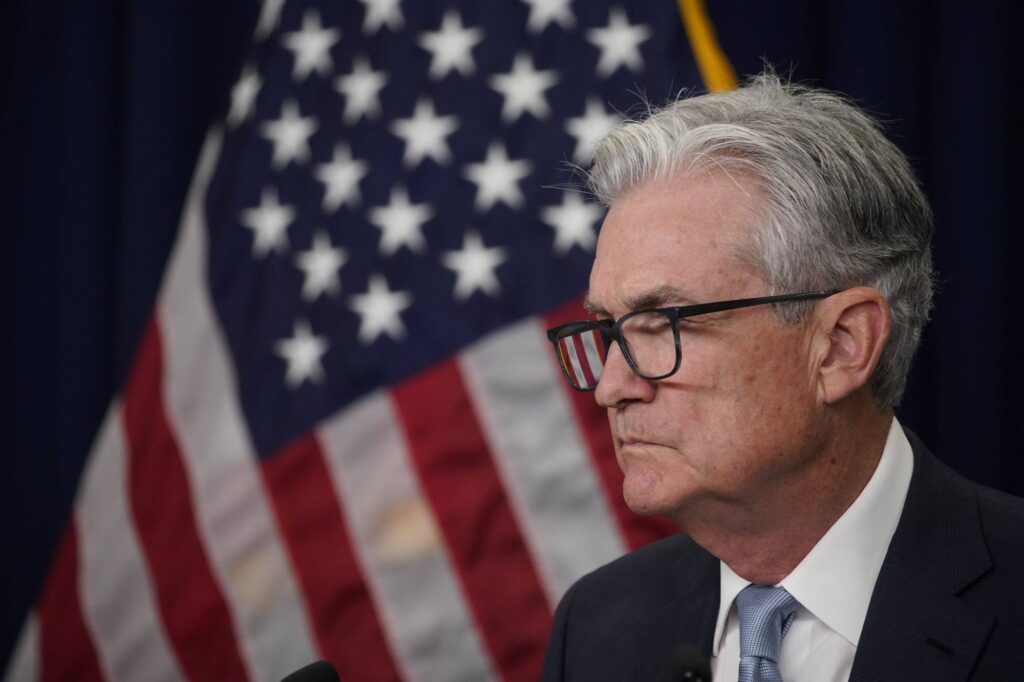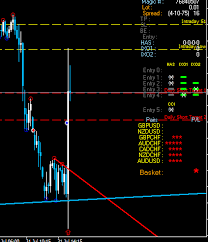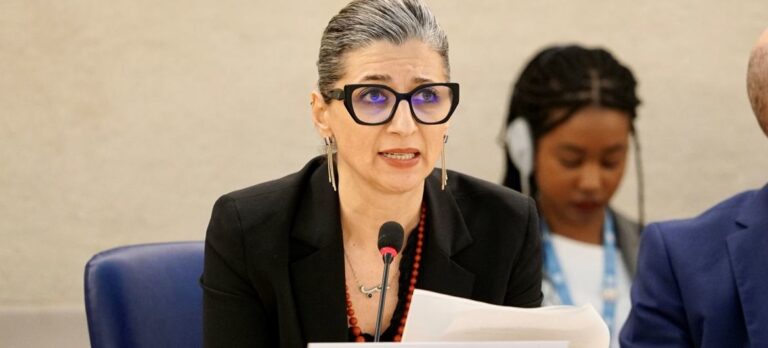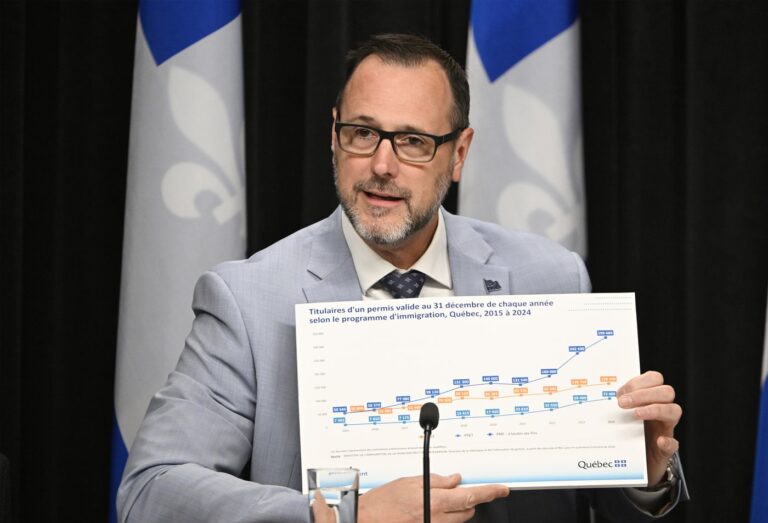
Introduction
Jerome Powell, the Chair of the Federal Reserve, has become a pivotal figure in shaping U.S. monetary policy and addressing inflation concerns. His decisions and statements significantly impact both domestic and global markets. As inflation rates have surged in recent months, understanding Powell’s strategies and the Fed’s policies is more crucial than ever for investors, policymakers, and the general public.
Current Economic Climate
In recent months, the United States has faced high inflation, with rates peaking at over 9% in 2022, the highest in four decades. This surge has resulted in increased consumer prices, affecting everything from food to fuel costs. The Federal Reserve, under Powell’s leadership, has responded aggressively by raising interest rates in an attempt to tame inflation. The Fed has increased rates several times this year, with forecasts indicating more hikes ahead, depending on the economic indicators.
Jerome Powell’s Approach to Policy
Powell’s rationale for tightening monetary policy stems from a belief that persistent inflation could hinder economic growth and diminish purchasing power. He has emphasized the Fed’s commitment to achieving a stable economy with an inflation rate closer to the targeted 2%. However, his approach has also sparked debates about the potential risks of pushing the economy into a recession. Recently, Powell stated that the path to a soft landing remains a challenging endeavor, but one that the Fed is striving to achieve.
Market Reactions
The financial markets have reacted cautiously to Powell’s policies. Stock prices experienced volatility following announcements from the Federal Reserve about interest rate hikes, reflecting investor uncertainty about the overall economic forecast. Strong labor data and consumer spending reports, however, have provided some optimism, suggesting that the economy is resilient and may withstand the tightening measures. Analysts are closely watching Powell’s upcoming speeches and the Fed’s statements for any indications about future monetary policy adjustments.
Conclusion
Jerome Powell’s leadership and the policies implemented by the Federal Reserve play a crucial role in shaping the U.S. economy. As the debate over inflation and interest rates continues, Powell’s influence is expected to remain significant in determining economic stability. In the coming months, Powell will need to navigate the complexities of a recovering economy while maintaining the Federal Reserve’s credibility. Understanding his actions will be essential for anyone looking to comprehend the evolving landscape of the financial markets and economic conditions.






